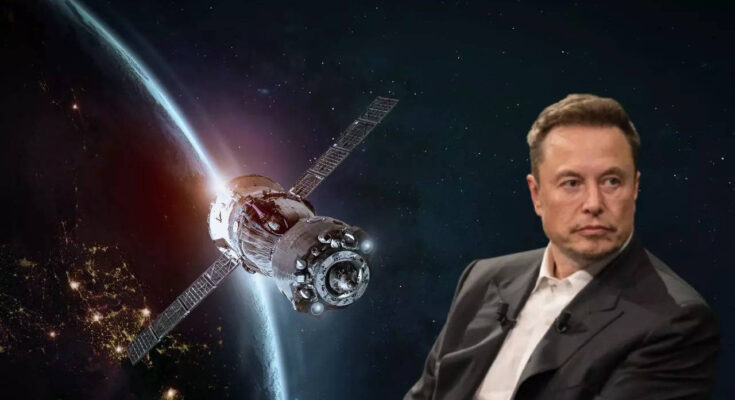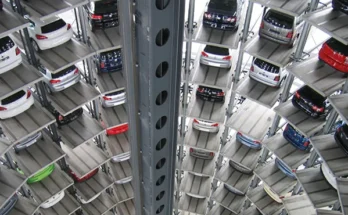Elon Musk’s ambitious Starlink project, aimed at providing global internet coverage, faced a significant challenge in January 2025 as over 120 of its satellites fell from orbit. The event has sparked concerns over satellite reliability, space debris, and potential environmental consequences, raising questions about the future of Starlink and SpaceX’s long-term plans.

What Went Wrong?
The falling satellites were part of Starlink’s first-generation fleet. Reports suggest that these satellites were deorbited intentionally as SpaceX phases out older models to replace them with more advanced, next-generation versions. However, while controlled deorbiting is part of the company’s strategy, the sheer number of satellites re-entering Earth’s atmosphere at once has raised concerns.
One of the potential causes behind this event is increased solar activity. Heightened solar storms can affect satellite orbits by expanding Earth’s upper atmosphere, increasing drag, and causing satellites to lose altitude faster than expected. Another possibility is hardware degradation over time, which is inevitable for satellites operating in space for several years.
Concerns Over Space Debris
The loss of 120 satellites, even if controlled, highlights a major issue: space debris. With thousands of satellites already in orbit and more being launched each year, ensuring responsible management of defunct satellites is critical. Starlink satellites are designed to burn up upon re-entry, preventing large debris from falling to Earth. However, the increased frequency of such incidents could pose risks to other operational satellites, space missions, and even crewed space stations if not carefully managed.
Experts warn that the rapid growth of mega-constellations like Starlink, Amazon’s Project Kuiper, and OneWeb could lead to a higher risk of collisions, requiring more stringent regulations on satellite lifespans and deorbiting procedures. Space agencies worldwide, including NASA and the European Space Agency, are closely monitoring these developments.
Environmental Impact
Another major concern raised by scientists and environmentalists is the environmental impact of satellite re-entries. When satellites burn up in the atmosphere, they release various materials, including aluminum oxide, which some researchers fear could contribute to ozone depletion. The long-term effects of these emissions are still under study, but as the number of satellites in orbit continues to grow, understanding their impact on Earth’s atmosphere becomes increasingly important.
Implications for Starlink and SpaceX
For SpaceX and Elon Musk, this event underscores the challenges of maintaining a massive satellite network while ensuring sustainability. Starlink has been a game-changer in providing high-speed internet access to remote and underserved areas, but maintaining reliability is crucial for long-term success.
Despite this setback, Starlink remains a dominant player in satellite internet technology. SpaceX is already working on launching improved second-generation satellites with better performance and longer lifespans. However, regulatory bodies may push for stricter policies regarding satellite decommissioning and environmental impact mitigation.
The Future of Starlink
As SpaceX continues to innovate, addressing these concerns will be key to securing the future of satellite-based internet. More sustainable satellite designs, improved orbital management, and responsible deorbiting practices will be necessary to balance technological advancement with environmental responsibility. The next few years will be crucial in shaping the policies and strategies surrounding the increasing use of space for communication and commerce.



